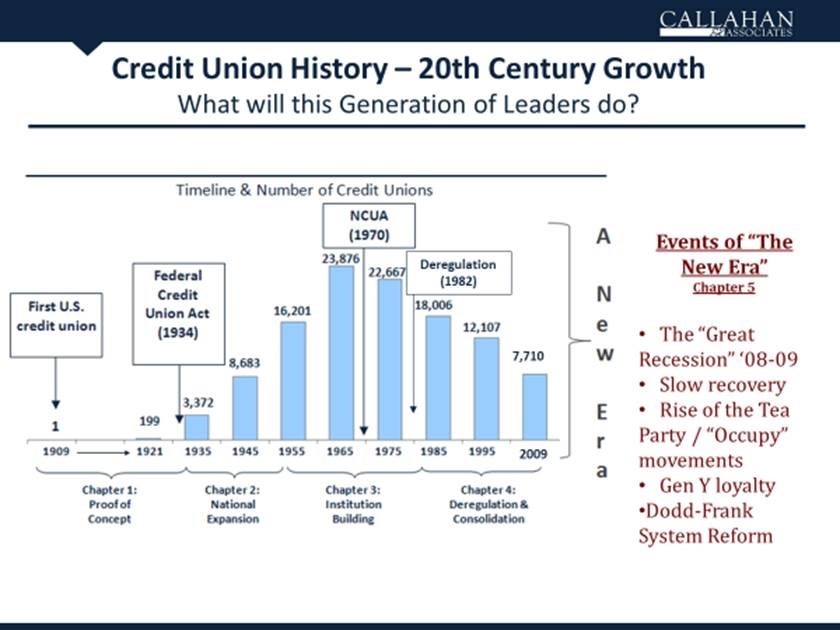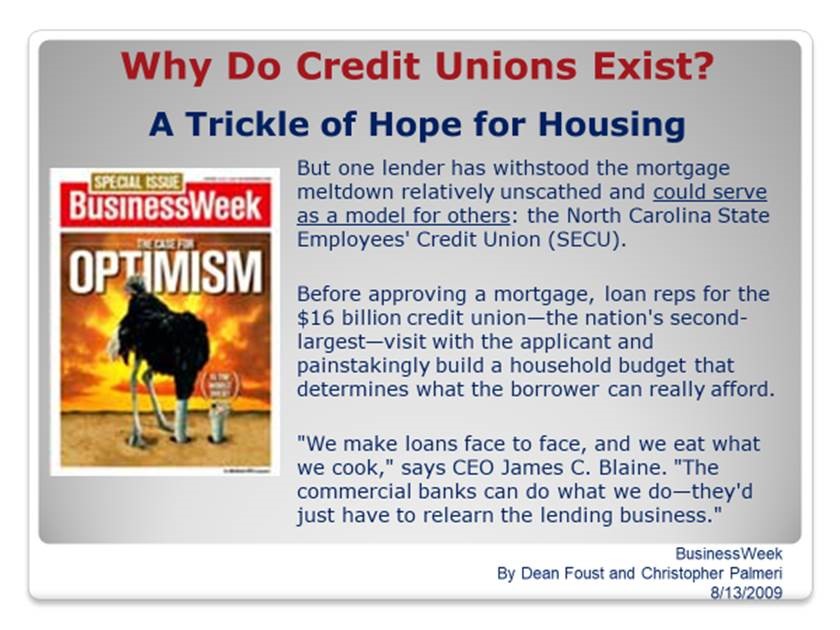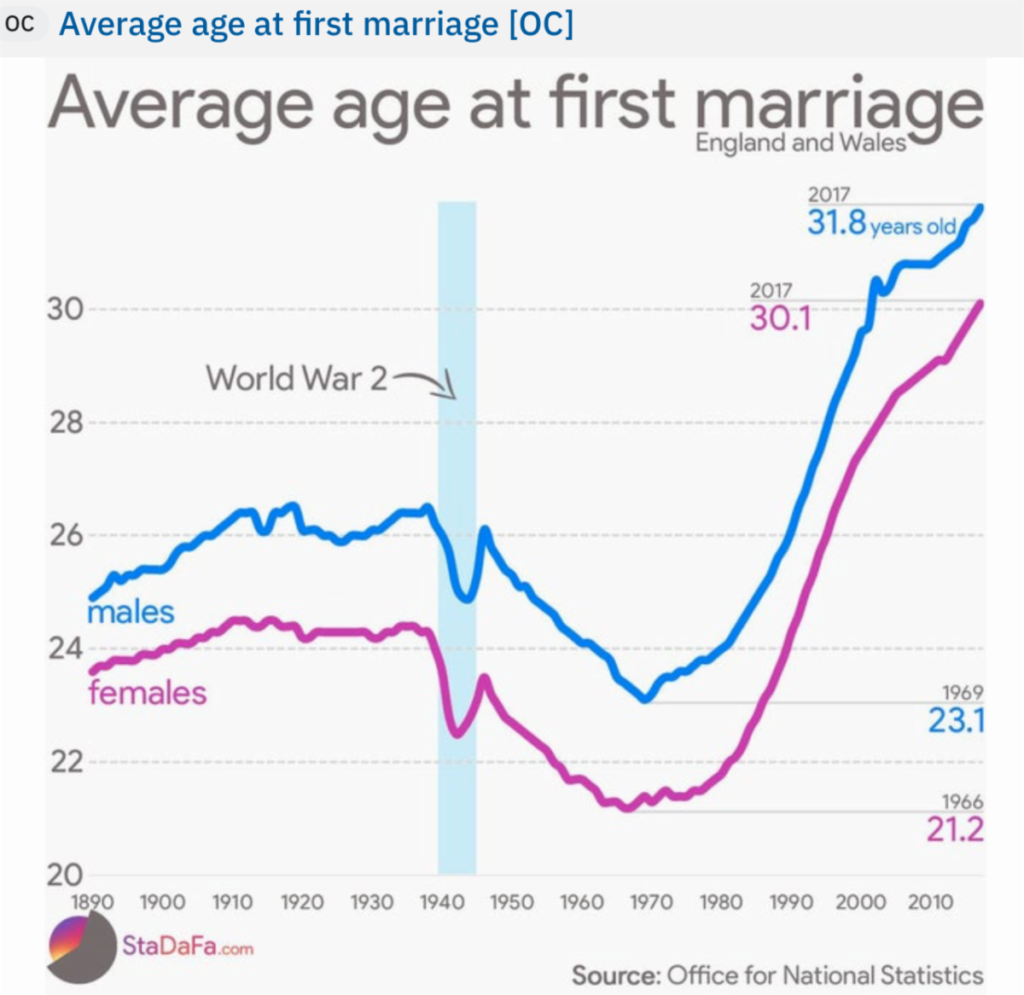Once per year using June 30 data, the FDIC publishes the total deposits per branch for every bank.
This Summary of Deposits (SOD) report includes an easily searchable database that enables any user to find the totals by any market segment: city, SMSA, county, ZIP code or state.
The tool can be accessed from the FDIC website.
Grand Rapids, MI, FDIC Insured Deposit Report for June 30, 2020
I tested the program by searching all FDIC branches for the city of Grand Rapids.
The repost lists the 22 FDIC insured institutions serving the market in order of deposits. These total $15.4 billion in the 102 branches in the city.
Fifth Third Bank, Ohio headquartered, leads with a 26.5% market share. Seven banks have only one branch in Grand Rapids, all with less than $100 million in deposits.
Where Can I Get Credit Union Data?
For almost a decade Callahan has combined this annual FDIC report with credit union data. This Branch Analyzer database shows all the branches in a selected market. More importantly the analysis provides two year trends in the defined market, changes in market share by institution and even maps showing the geographic layout for all the branches.
Credit unions do not file a branch deposit report like the FDIC. Callahan’s searchable program approximates the deposits at each credit union branch by dividing a credit union’s total shares at June 30 by its number of branches.
The latest edition of Branch Analyzer can be found here: https://www.callahan.com/market-analysis/




